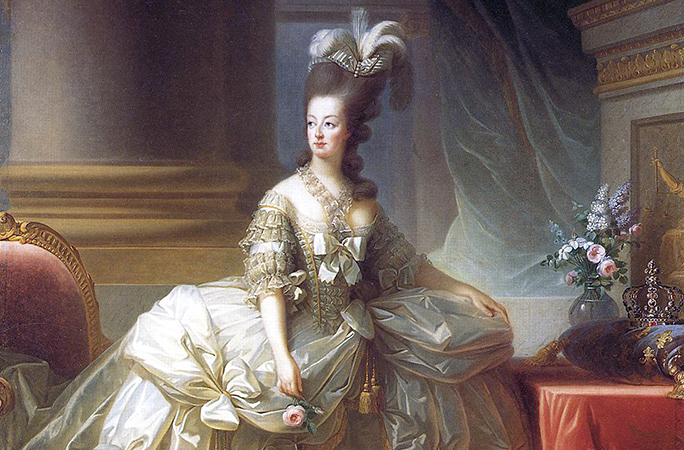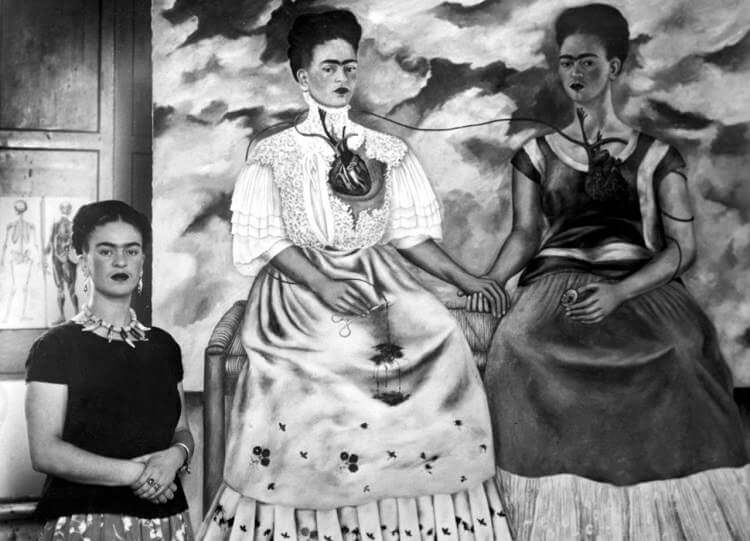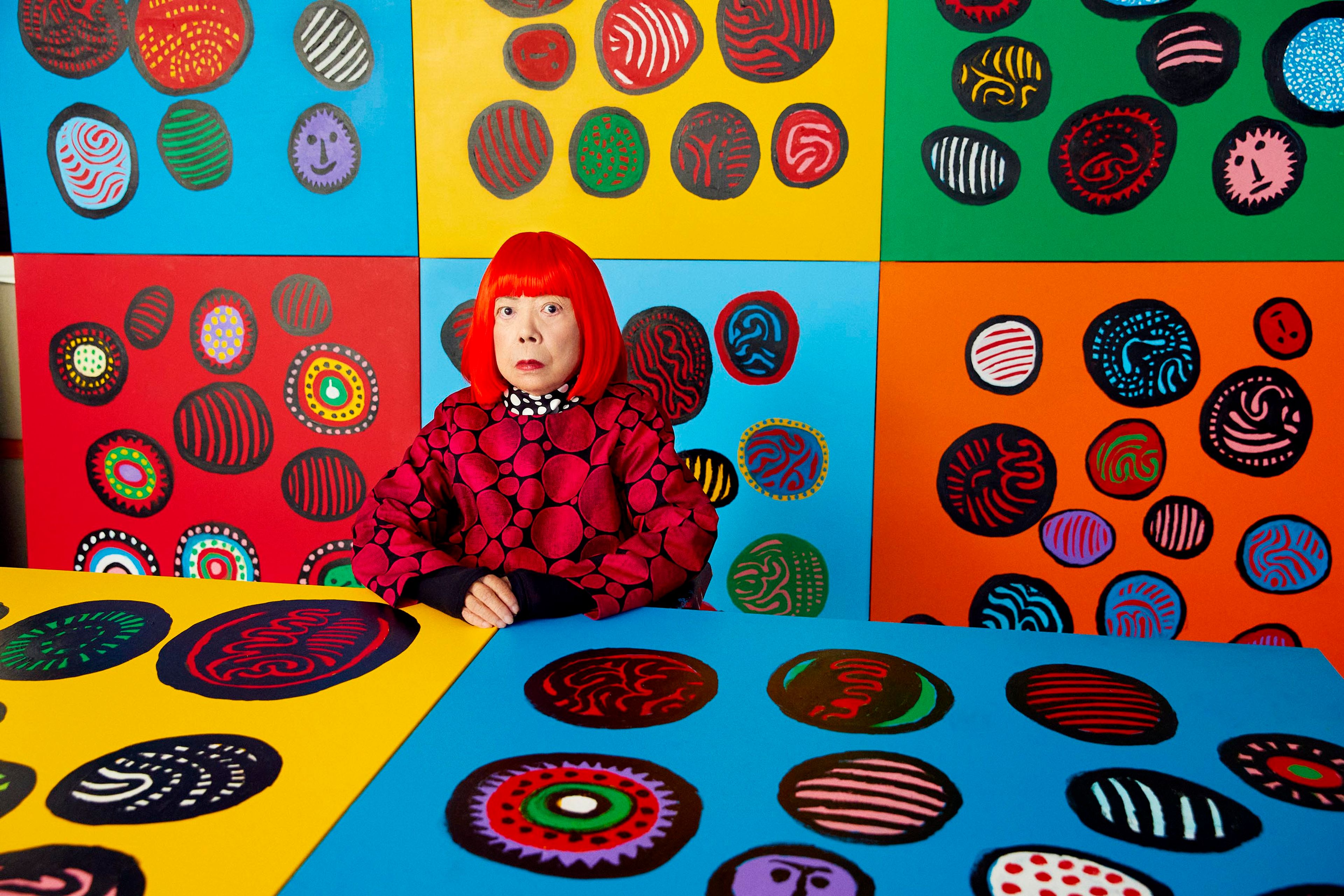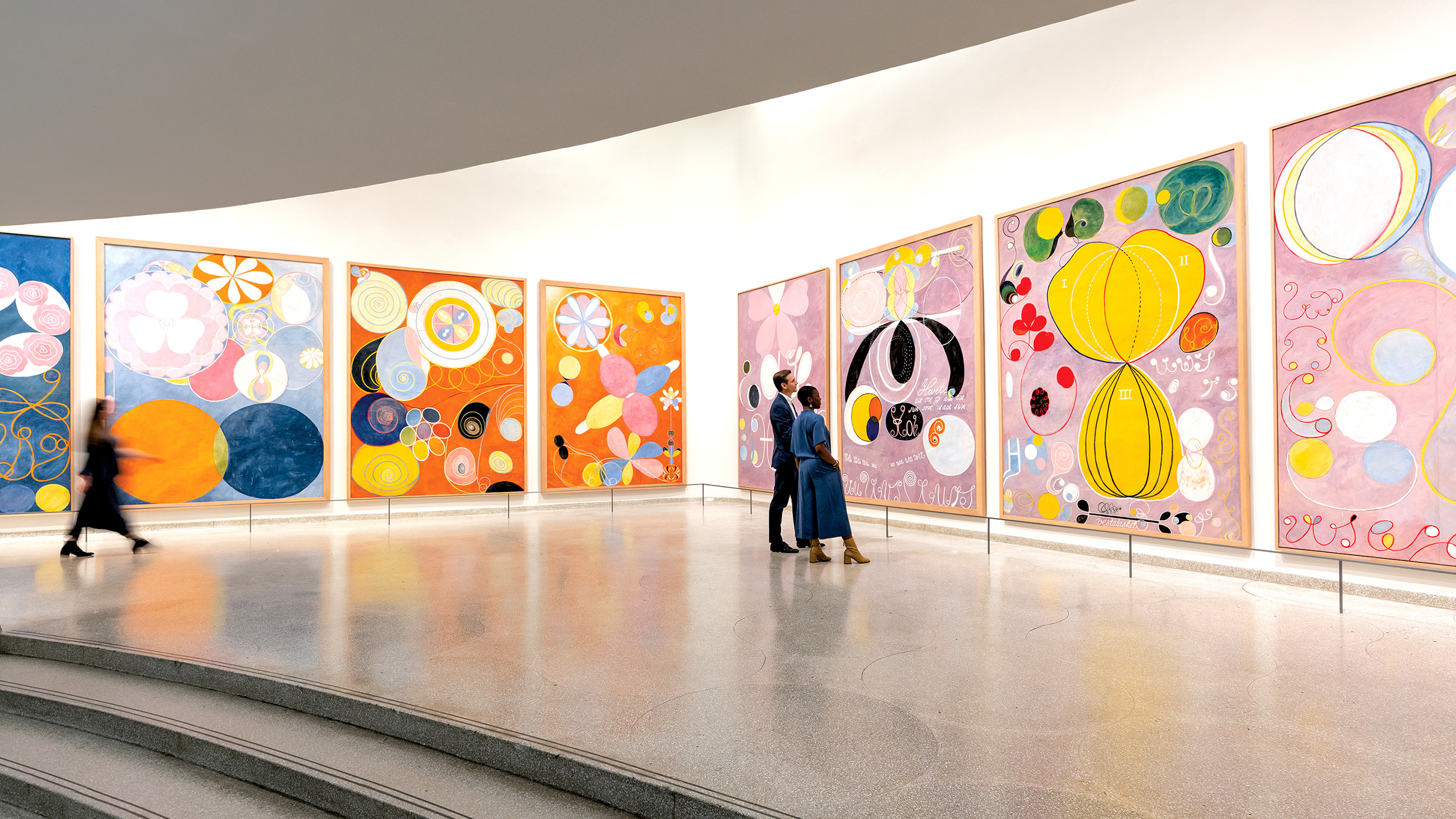Art history has long been dominated by the names of male painters such as Michelangelo, Van Gogh, and Picasso. However, many talented female painters have made significant contributions to the art world, often overcoming societal barriers and biases to create remarkable works of art.
This article highlights some of the most influential female painters in history — from Baroque trailblazers to modern visionaries — and explores how their art and stories continue to inspire creativity today.
Artemisia Gentileschi (1593-1656)
Artemisia Gentileschi, an Italian Baroque painter, is one of the most celebrated female artists of her time. Her work is characterised by its dramatic intensity and use of vivid colours. Gentileschi's ability to convey strong emotions and her mastery of chiaroscuro (the use of light and shadow) set her apart from her contemporaries.
Despite facing immense personal challenges, including a highly publicised trial for her rape, Artemisia Gentileschi rose above adversity to build a remarkable career. Her works often centre women as strong, active figures, who are powerful agents of their own stories rather than passive subjects, a radical departure from how female characters were typically portrayed at the time.
Paintings like Judith Slaying Holofernes showcase not only her technical mastery of chiaroscuro and dramatic composition but also her ability to channel themes of justice, resilience, and empowerment. Equally groundbreaking is her Self-Portrait as the Allegory of Painting (La Pittura) (1639), in which she boldly presents herself as the very embodiment of Painting itself, a daring assertion of her identity and authority as an artist in an era when women were largely excluded from the profession.

Élisabeth Louise Vigée Le Brun (1755-1842)
Élisabeth Louise Vigée Le Brun was one of the most successful portraitists of the 18th century and a rare woman to achieve international fame in an art world dominated by men. Born in Paris, she showed extraordinary talent from a young age and was already painting professionally in her teens.
In 1778, at just 23 years old, Vigée Le Brun became the official court painter to Queen Marie Antoinette, who was also 23 at the time. The pairing of two young women at the centre of Versailles was extraordinary, one shaping the queen’s image through art, the other shaping history as France’s most famous queen. Vigée Le Brun’s portraits of Marie Antoinette, painted throughout the 1780s, remain iconic, capturing both her elegance and her humanity.
Her works are celebrated for their luminous colours, refined brushwork, and graceful compositions, often portraying her sitters with warmth and sensitivity rather than rigid formality. Over her career, she completed more than 600 portraits, which is an extraordinary output that rivalled the most prolific male painters of her time and far exceeded the opportunities usually available to women artists.
Triumph Beyond France
During the French Revolution, Vigée Le Brun fled France for safety, spending over a decade traveling through Italy, Austria, and Russia, where she continued to find enormous success. She was admired not only for her artistic skill but also for the way she humanised her subjects, showing women as intelligent, vivacious, and modern.
Celebrating Herself in Art
Her Self-Portrait with Her Daughter, Julie (1789) is among her most famous works, emphasising the tenderness of maternal love. It also challenged conventions: women painters rarely depicted themselves at work or in affectionate roles, but Vigée Le Brun proudly combined both, asserting her dual identity as an artist and mother.
 Mary Cassatt (1844-1926)
Mary Cassatt (1844-1926)
American painter Mary Cassatt is best known for her role in the Impressionist movement. Cassatt's work often focused on the intimate moments of women and children, capturing everyday life with a fresh perspective. Her use of light and colour, along with her ability to depict the tender bond between mother and child, made her a distinctive voice in Impressionism. Works such as "The Child's Bath" exemplify her skill in portraying the subtleties of human relationships.
Berthe Morisot (1841-1895)
Berthe Morisot, another prominent Impressionist painter, was known for her delicate and nuanced portrayal of domestic life. As a woman, she had access to spaces and subjects that her male counterparts did not, allowing her to bring a unique perspective to the movement.
Morisot's use of light and loose brushwork captured the ephemeral quality of modern life. Her paintings, such as "The Cradle," reflect her intimate observations of family and social circles.
Frida Kahlo (1907-1954)
Few artists have woven their personal lives into their art as fearlessly as Frida Kahlo. Born in Mexico City, Kahlo endured lifelong pain after contracting polio as a child and suffering devastating injuries in a bus accident at age 18. Confined to bed for long periods, she turned to painting as a way to process her physical suffering and emotional turmoil. What emerged was an intensely personal body of work that explored identity, resilience, and the female experience in ways that were radical for her time.
Self-Portraits of Strength and Vulnerability
Kahlo is best known for her striking self-portraits, which account for more than a third of her paintings. In works like The Two Fridas (1939) and Self-Portrait with Thorn Necklace and Hummingbird (1940), she portrayed herself not in idealised beauty, but with raw honesty, showing her pain, her dual identity, and her defiance. By combining vivid symbolism with Mexican folk art traditions, Kahlo created a visual language that was entirely her own.
A Cultural Icon Beyond Art
Though her work was often overshadowed during her lifetime by her husband, the muralist Diego Rivera, Kahlo has since become a global cultural icon. She is celebrated not only as a groundbreaking artist but also as a feminist and political figure who embraced her heritage, her bisexuality, and her refusal to conform. Her legacy extends far beyond the canvas as she has become a symbol of resilience, empowerment, and authenticity.

Georgia O'Keeffe (1887-1986)
Georgia O'Keeffe, an American modernist painter, is celebrated for her bold and innovative representations of flowers, skyscrapers, and landscapes. O'Keeffe's work is characterised by its clarity of form and vibrant colour palette. She often magnified her subjects to the point of abstraction, challenging viewers to see them in a new light.
O'Keeffe's iconic flower paintings, such as "Jimson Weed/White Flower No. 1," are renowned for their sensual and almost otherworldly beauty. Her iconic flower paintings connect perfectly to our Floral collection, where nature echos O’Keeffe’s love of nature and bold design.
Yayoi Kusama (1929- )
Japanese artist Yayoi Kusama has become one of the most recognisable figures in contemporary art, celebrated for her bold polka-dot motifs, immersive installations, and fearless creativity. What makes her truly remarkable is how she transformed her lifelong struggles with hallucinations, trauma, and mental illness into a powerful artistic language that resonates across cultures.
From Polka Dots to Infinity
Kusama describes seeing fields of dots and patterns since childhood, visions that often overwhelmed her. Instead of silencing them, she used art to externalise and transform these experiences. Her iconic use of polka dots, pumpkins, and mirrored environments represent both her inner world and universal themes of repetition, infinity, and self-obliteration. Works like her Infinity Mirror Rooms invite viewers to step inside boundless, dreamlike spaces where the self seems to dissolve into endless reflections.
Persistence and Global Recognition
Her path to recognition was anything but easy. Kusama moved to New York in the late 1950s, where she immersed herself in the avant-garde scene and influenced movements like Pop Art and Minimalism though, as a Japanese woman in a male-dominated art world, her contributions were often overlooked. Returning to Japan in the 1970s, she voluntarily entered a psychiatric hospital, where she continues to live and work today.
Despite these challenges, Kusama’s persistence and vision eventually earned her worldwide acclaim. In recent decades, blockbuster retrospectives and viral brand collaborations (most notably with Louis Vuitton) have made her one of the most recognisable artists of our time.

Judith Leyster (1609-1660)
Dutch Golden Age painter Judith Leyster was one of the few women admitted to the Haarlem Guild of St. Luke, an association of artists. Leyster's work often depicted lively scenes of musicians and everyday life, characterised by their vibrant colour and dynamic composition. Despite being overshadowed by her male contemporaries, her work has gained recognition in recent years for its technical skill and unique charm. Her painting "The Proposition" offers a rare glimpse into the experiences of women in her era.
Hilma af Klint (1862-1944)
Swedish painter Hilma af Klint is now celebrated as a pioneer of abstract art, creating radically non-representational works years before artists like Kandinsky or Mondrian were even experimenting with abstraction. What made her special was her deep commitment to spirituality and mysticism. A member of a group called The Five, she believed her paintings were guided by higher consciousness, resulting in bold geometric forms, spirals, and symbols that sought to represent invisible spiritual realities rather than the physical world.
Her most ambitious project, Paintings for the Temple, included more than 190 large-scale works meant to be displayed in a spiral-shaped building she envisioned. These paintings, filled with vibrant colour and intricate symbolism, reveal her belief in the interconnectedness of all life and the universe, ideas that feel strikingly modern today.
During her lifetime, af Klint worried the world was not ready for her art. In her will, she instructed that her work remain unseen for at least 20 years after her death. It wasn’t until the late 20th century that her paintings began to gain attention, thanks to the stewardship of the Hilma af Klint Foundation and a series of exhibitions that positioned her as one of the true originators of abstraction. A landmark 2019 exhibition at the Guggenheim Museum in New York cemented her reputation, drawing record-breaking crowds and finally giving her the recognition she had been denied.
Af Klint’s visionary work resonates with the quiet symbolism of our Scandinavian-inspired kits, perfect for those who love minimalism and Nordic calm.

Conclusion
The contributions of female painters throughout history have often been overlooked, but their work has undeniably shaped the art world. From Artemisia Gentileschi's powerful Baroque masterpieces to Yayoi Kusama's contemporary installations, these artists have brought unique perspectives and innovative techniques to their craft. By celebrating their achievements, we can gain a more inclusive and diverse understanding of art history, recognising the invaluable contributions of women artists who have enriched our cultural heritage. Their stories inspire future generations to pursue their creative passions, regardless of the obstacles they may face.
Also read: Most Famous Painters In Art History

